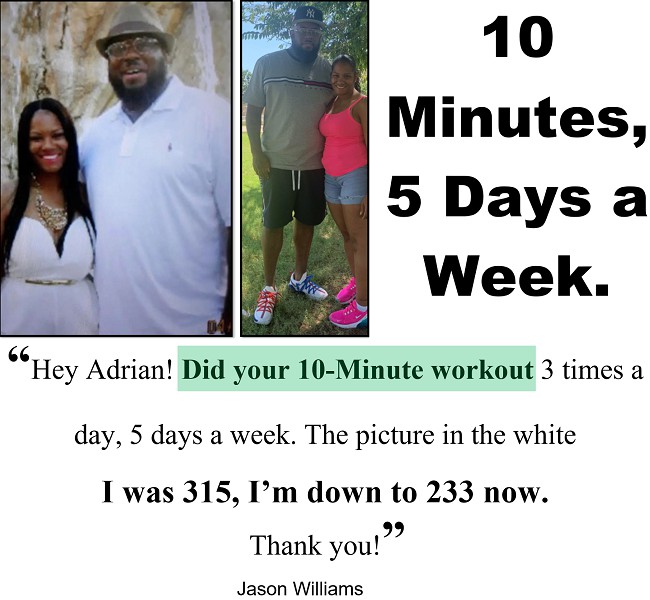Use These 7 Tricks To Do More Push Ups

1. Do push ups every day
Doing push ups frequently will increase your upper body strength and consequently increase your reps. And don't worry about overtraining. This is a low impact exercise so the muscles recover quickly.
Set a daily target of the number of push ups you'll do. Spread them through the day if you want to. For instance, if you have a daily goal of 100 push ups → do 50 push ups in the morning and 50 push ups in the evening.
2. Write down the number of reps and sets
Tracking reps and sets is the best way to progress fast. Start with a small goal of adding one rep after each workout. It may not be possible to increase reps after each workout but make sure you don't do fewer reps than the previous workout.
Use 1 of these workout logs ↓3. Perform all sets to failure
This means doing push ups until you can't do any more reps. Don't plan the number of push ups you'll do beforehand. Just do them until you're completely exhausted.
4. Incline push ups
Since incline push ups are easier than classic push ups, you'll be able to do more reps. Try to do double the number of classic push ups you usually do. Do this consistently for two weeks.
When you start doing classic push ups again, they'll be easier and you'll do more reps.
5. Do more sets of decline push ups
Since Decline push ups are more challenging, you won't do as many reps as classic push ups.
But that doesn't mean you should settle for few reps overall. Add more sets to your workout to do as many reps as you do when performing classic push ups.
6. Wear a backpack
A backpack increases resistance and activates the muscles more. Fill a backpack with books or old newspapers to make it heavier. Make sure most of the weight is on the upper back.
7. If you can't do 1 Push-up,
More Tips
- Make Your Muscles Look Bigger Without Lifting Weights
- How to Build Muscle At-Home Without Weights
- How to Do Dips for Bigger Arms & Chest
- The Best Exercise for Bigger, Broader Shoulders
- How to Get a Bigger Chest
